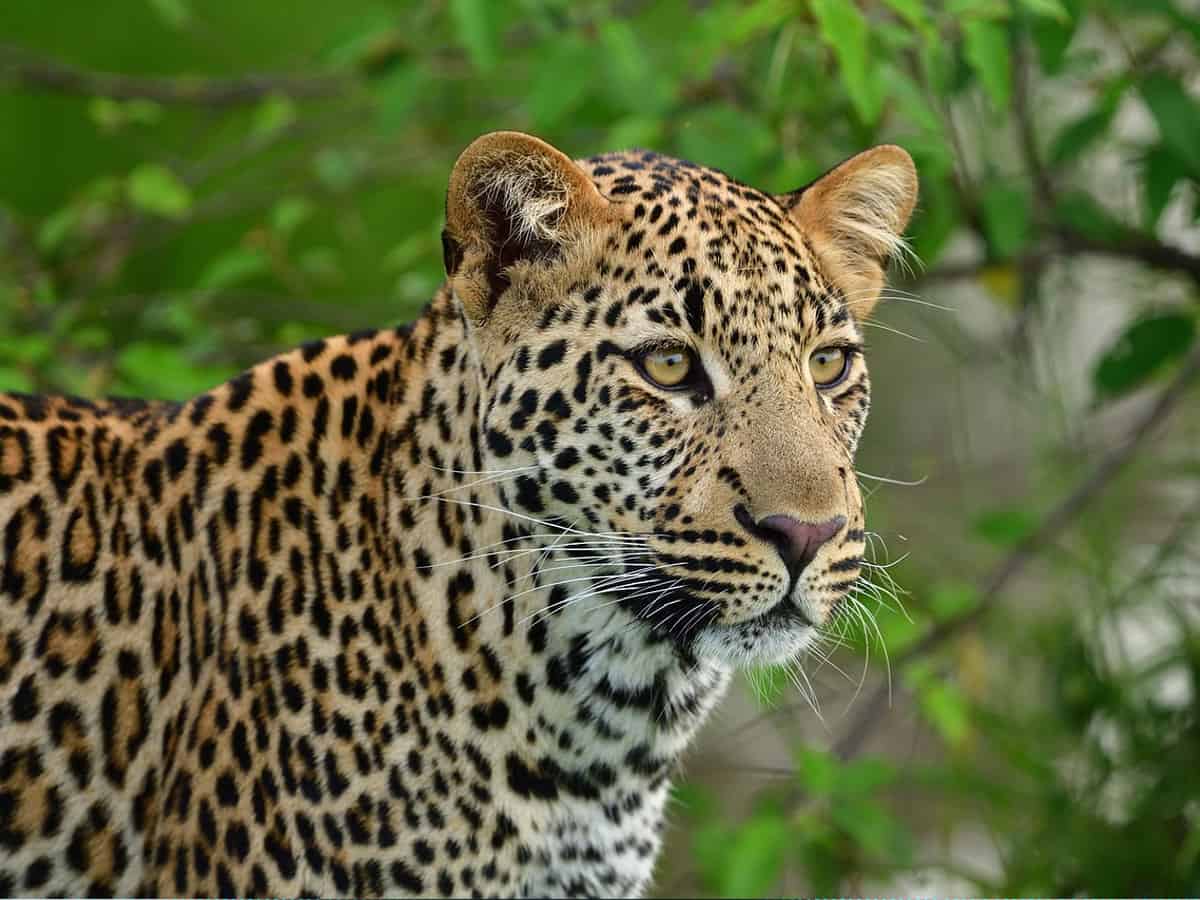
Koppal: Residents of Bassapur village and surrounding areas in Koppal district recently reported numerous leopard sightings, particularly between October and January, causing concern among the locals.
However, the frequency of sightings has decreased significantly in recent weeks, leaving many puzzled about the sudden disappearance of the elusive big cats. Forest department officials in Koppal district have now provided an unexpected explanation for the phenomenon.
According to authorities, leopards migrate from the distant Nallamalla forest region of Andhra Pradesh to the rocky hills of Koppal and Raichur districts during the winter months. This annual migration, attributed to the abundance of suitable habitat and breeding conditions in the area, brings several leopards to the region each year. Surprisingly, female leopards choose the rocky caves of Koppal and Raichur as ideal birthing sites, traveling approximately 400 kilometers from the Nallamalla forest.
Speaking to Siasat.com, Koppal DCF said, “The rocky hills in Koppal and Raichur provide a conducive environment for leopards, with ample caves serving as perfect breeding grounds.”
“Female leopards migrate to this region annually to give birth to their cubs before returning to their native habitat by the end of January,” he added.
The migration pattern of leopards from Nallamalla to Koppal and Raichur districts remains largely unknown to the local populace, resulting in fear and anxiety among residents when encountering these animals. However, forest officials emphasize that leopard sightings during the winter months are a natural occurrence driven by instinctual behaviour.
“While many are unaware of this annual migration, it is essential to understand that leopards pose no immediate threat to humans unless provoked or cornered,” stated Chandranna. “The rocky terrain of Koppal and Raichur districts provides a temporary refuge for female leopards seeking suitable birthing sites, ensuring the survival of their offspring.”
Despite the initial alarm caused by frequent leopard sightings, villagers are now gaining a deeper understanding of the ecological significance of these migratory patterns. The presence of leopards in the region underscores the importance of preserving natural habitats and maintaining harmony between wildlife and human populations. As authorities continue to monitor leopard activity, efforts to raise awareness and promote coexistence are underway to ensure the safety and well-being of both humans and wildlife in Koppal district.



